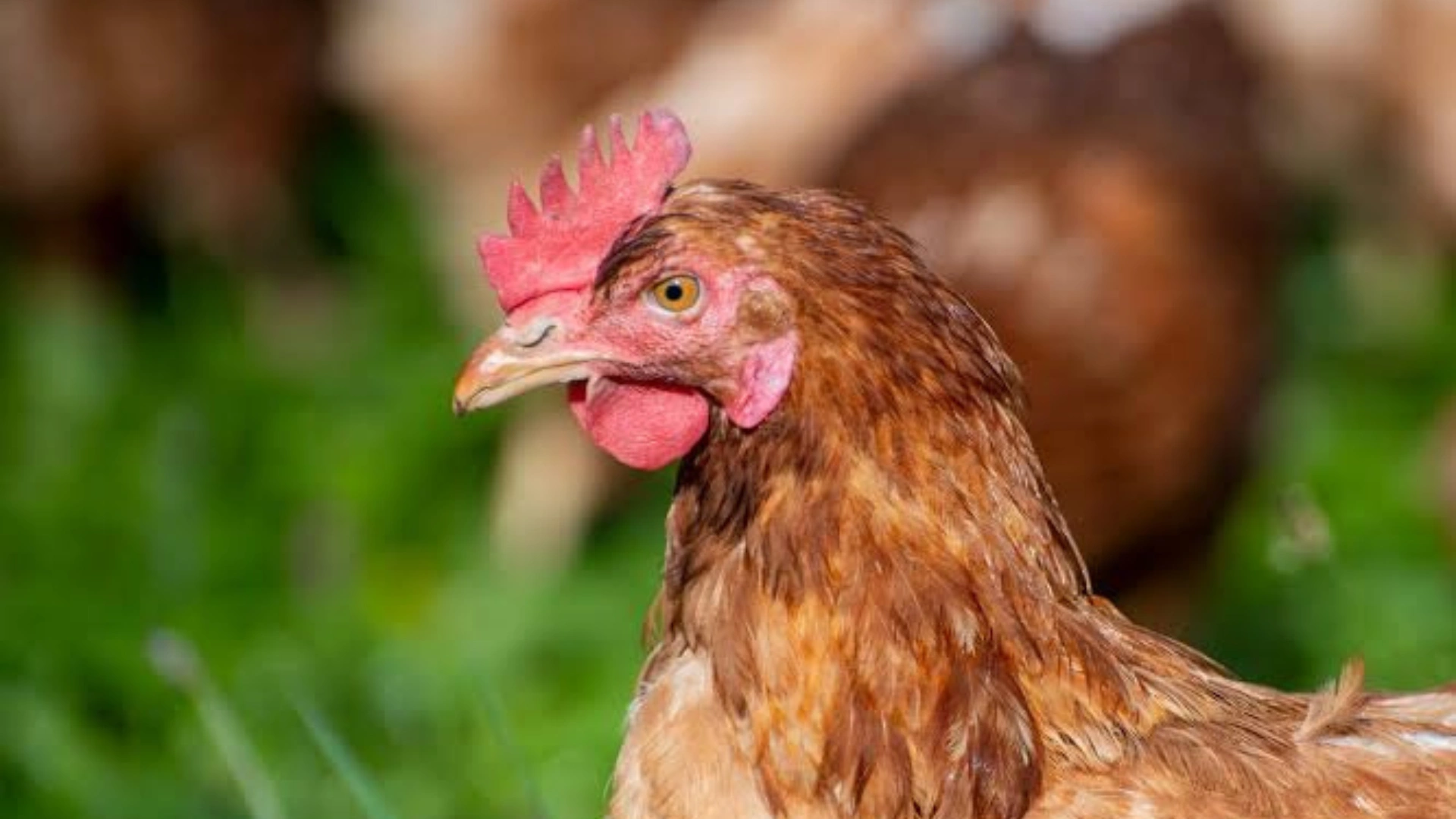A tragic case from Cambodia has reignited concerns over the dangers of avian flu. A 28-year-old man from Kampong Cham province succumbed to the H5N1 bird flu virus, believed to have been contracted after consuming sick chickens raised on his family farm.
The Cambodian Ministry of Health confirmed that the man, who exhibited symptoms such as fever, persistent coughing, breathing difficulties, and extreme fatigue, tested positive for H5N1 on January 9. Despite medical intervention, he passed away the following day.
This incident represents Cambodia’s 19th documented human case of H5N1 since 2023. The virus has claimed several lives in the country, including a teenage girl in September 2024 and three individuals in 2023, underscoring its persistent threat.
Rising Concerns Over Poultry Transmission
The victim worked as a poultry caretaker, a role that likely heightened his exposure to the virus. This raises urgent questions about the risks associated with handling and consuming infected birds, especially in rural areas where poultry farming is integral to livelihoods.
Authorities are now investigating the origins of the virus and its genetic lineage. H5N1’s older strain, the 2.3.2.1c clade, has long been endemic in Asian poultry. However, the newer 2.3.4.4b clade has emerged as a global concern, causing widespread outbreaks in birds and sporadic human infections across continents.
Call for Vigilance and Preparedness
Cambodia’s health ministry has urged the public to remain vigilant, emphasizing the severe public health risks posed by H5N1. They have advised farmers and communities to take strict precautions when handling poultry and to report any signs of illness in birds immediately.
The World Health Organization (WHO) has echoed these warnings, highlighting the need for improved global surveillance, data transparency, and coordinated efforts to curb the virus’s spread. The organization has stressed that while human-to-human transmission remains rare, vigilance is crucial to prevent future outbreaks.
Global Impacts of the Bird Flu Pandemic
The H5N1 pandemic has wreaked havoc on bird populations worldwide. Mass culling of poultry, significant disruptions to the farming industry, and the virus’s rapid spread among wild birds have left a global imprint. Regions across Europe, Asia, and the Americas have reported widespread outbreaks, further intensifying fears about the virus’s evolution.
As the virus continues to mutate and expand its reach, public health authorities and international organizations are urging stronger biosecurity measures, enhanced monitoring, and widespread education to mitigate risks. The Cambodian case serves as a stark reminder of the critical need for vigilance in the face of zoonotic diseases.

